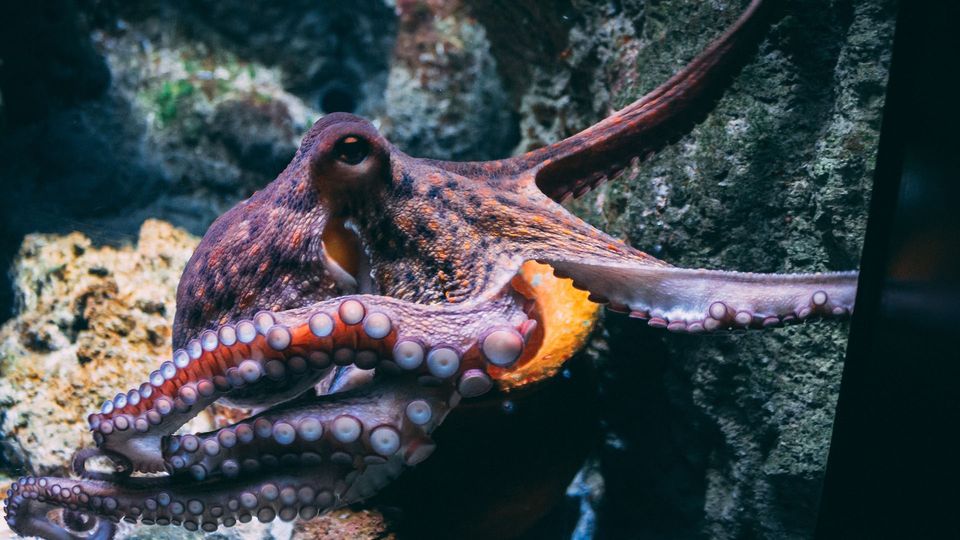Octopus DNA Drives Concern for Rising Sea Levels
Octopus DNA has shown the West Antarctic Ice Sheet likely collapsed during the Last Interglacial period.

Complete the form below to unlock access to ALL audio articles.
This provides the first empirical evidence that the tipping point of this ice sheet could be reached even under the Paris Agreement targets of limiting warming to 1.5 - 2 oC.
The study published in the journal Science today was led by Professor Jan Strugnell, Chief Investigator, and Dr Sally Lau, Postdoctoral Research Fellow, from ARC Securing Antarctica’s Environmental Future at James Cook University.
Professor Strugnell said the team’s research solves a long-running mystery that has puzzled scientists about whether the WAIS collapsed during the Last Interglacial.
Want more breaking news?
Subscribe to Technology Networks’ daily newsletter, delivering breaking science news straight to your inbox every day.
Subscribe for FREE“This was a period when global average temperatures were 0.5 – 1.5 oC warmer than preindustrial levels, but global sea level was 5 – 10 metres higher than today.”
“What makes the WAIS important is that it’s also Antarctica’s current biggest contributor to global sea level rise. A complete collapse could raise global sea levels by somewhere between 3 and 5 metres.
“Understanding how the WAIS was configured in the recent past, when global temperatures were similar to today, will help us improve future global sea level rise projections,” said Professor Strugnell.
Dr Lau said that population genetics offered an exciting and novel approach to answering this question.
“DNA holds a history of its past and can be used to look back in time to pinpoint when different populations of animals were mixing and exchanging genetic material.”
The team compared the genetic profiles of Turquet’s octopus found in the Weddell, Amundsen, and Ross seas and found genetic connectivity dating back to the Last Interglacial.
“This genetic connectivity would only be possible if a complete collapse of the WAIS occurred during the Last Interglacial, opening seaways linking the present-day Weddell, Amundsen and Ross seas.
“This would have allowed octopus to travel across the opened straits and exchange genetic material, which we can see in the DNA of today’s populations,” said Dr Lau.
Professor Strugnell said the findings will support decision-making around adaptation and mitigation measures in coastal regions around the world.
Reference: Lau SCY, Wilson NG, Golledge NR, et al. Genomic evidence for West Antarctic Ice Sheet collapse during the Last Interglacial. Science. 2023;382(6677):1384-1389. doi: 10.1126/science.ade0664
This article has been republished from the following materials. Note: material may have been edited for length and content. For further information, please contact the cited source.



